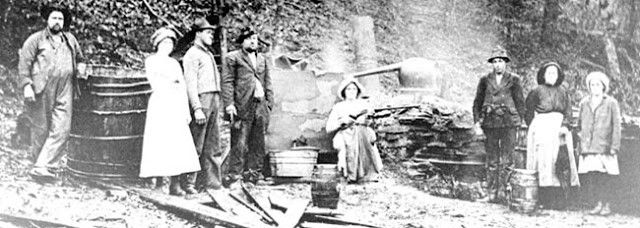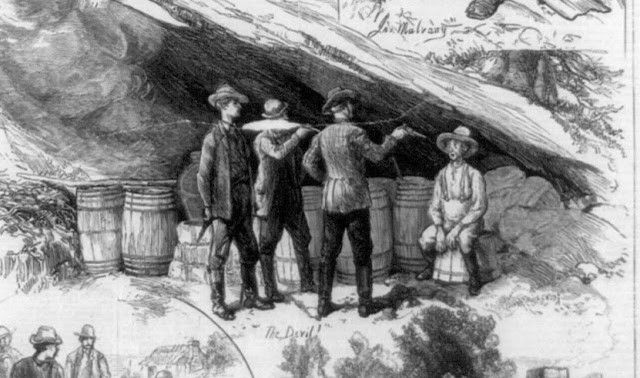The IRS, the Luxury Tax, and the Ordinary Woman of 1872 -- book spotlight
Today I welcome author Kimberly Grist as she shares her research and daydreaming ventures about the IRS, the Luxury Tax of 1782, and the effect on the ordinary working woman.
While researching the luxury tax implemented in 1862, my imagination took flight as I considered what it might have been like to be a young woman living in a state left destitute by the war, with few resources. What choice might I have made if my family's next meal depended on the revenue made from Apple or Peach Brandy and corn liquor? Life as a bootlegger wasn't easy. What extreme measures would you have taken in order not to be caught or escape?
In 1861, during the Civil War, Lincoln was at war and in a financial bind. To raise money, he pushed Congress to pass an income tax. In an attempt to balance the national budget, Congress created the Internal Revenue Service (IRS). Their mission was to collect taxes on liquor, tobacco, and other “luxuries.”

The cartoon above, published in Frank Leslie’s Illustrated Newspaper after the Revenue Act went into effect, depicts the tax as improper and invasive. In the drawing, four federal tax collectors investigate the home of an American citizen who s caught in the act of arranging his hair while one tax commissioner fingers his pocket watch, another peeks under his wife’s skirts as the other agents rummage through the couple’s clothes and look under the bed.
The Making of Mash- Not a Hobby For Some
Many farmers found it cheaper and easier to transport corn as mash to feed livestock or use in the distillery business and refused to discontinue or pay the tax. At the time, producing "moonshine" was not in and of itself illegal, but attempts by producers to avoid paying the federal tax was. Such people became known as “moonshiners” because they operated their illegal stills at night.

https://www.ferrum.edu/blueridgeinstitute/moonshine-blue-ridge-style/still-types-and-techniques/
Cheaper to Transport
A farmer could produce enough liquor to meet family and local community needs by using a copper turnip-type still and wooden barrels for mixing mash and storing whiskey. Three bushels of dried corn or seven bushels of apples could be distilled into about two gallons of alcohol. The whiskey had a higher cash value and took up less space than the raw ingredients. After the distilling process was complete, farmers could use any “slop” left in the still to feed livestock. For many, the making and selling of brandy, corn liquor, or whiskey was not a hobby but a matter of survival and how they supported their families.
Moonshiners referred to Revenue Agents as “Revenuers." Agents were eventually issued rifles, and the IRS officials cracked down harshly on moonshiners, leading to many violent conflicts throughout the country.
- By 1865 the tax was two dollars per gallon, up to 12 times the actual cost of making a gallon of liquor.
- From 1868 until 1913, approximately 90% of tax revenue came from beer, liquor, wine, and tobacco.


New Release: Runaway Brides of The West - Book 18
https://www.amazon.com/dp/B0B2QD8VX8
Why Can’t we be friends?
Like my FB page: https://www.facebook.com/FaithFunandFriends/
Sign up for my newsletter: https://mailchi.mp/a920c145512a/kimberlygrist
Amazon: Author Page:: https://www.bookbub.com/profile/kimberly-grist

